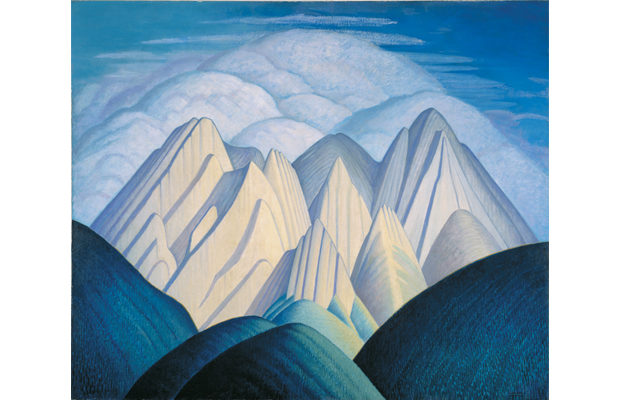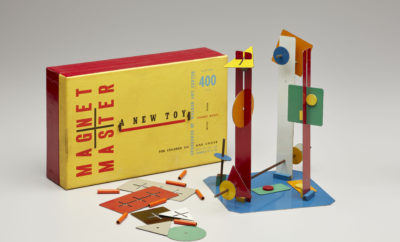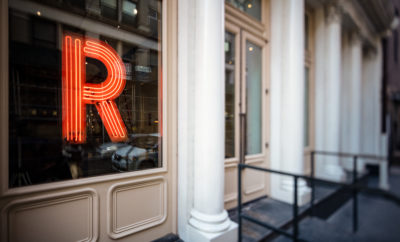
Exhibition
In Los Angeles, Two Shows Look at Artists to Know

LAWREN HARRIS AT THE HAMMER
A new exhibition at the Hammer Museum in Los Angeles illuminates the career of an early twentieth-century artist still relatively unknown outside his home country. But for Canadians, the painter Lawren Harris (1885–1970) holds a status equal to that of his modernist contemporaries Georgia O’Keeffe and Edward Hopper in the United States. The Idea of North: The Paintings of Lawren Harris offers a retrospective of the artist’s most important works—his remote wilderness landscapes from the 1920s and ’30s. During this period he was active with the Group of Seven, a collective of Canadian landscape painters he co-founded in an attempt to establish a national artistic identity. The works on display feature stark, dramatic scenes of mountains, icebergs, lakes, and barren trees that present the isolation of Canada’s geography as spectacle. Paintings such as the famous North Shore, Lake Superior and Mt. Lefroy demonstrate Harris’s ability to combine elements of realism and romantic landscape painting with modernist forms of geometric abstraction.
While Harris has remained somewhat unknown in American and European art circles, he has found an unlikely champion in the actor, writer, and musician Steve Martin, the show’s curator. A not- ed collector of modern art, Martin is a longtime admirer of Harris, and even introduced Hammer director Ann Philbin to the painter’s work. In coordination with both the Hammer and the Art Gallery of Ontario in Toronto, Martin selected this period of Harris’s output as a “series of paintings that achieved—then surpassed—his dream of a national art of Canada.” Yet Harris’s influence extends beyond artistic nationalism. As Martin puts it, “The absence of organic things in the mountains, lakes, and icebergs [Harris] painted created a paradoxical effect: the pictures came to life.” hammer.ucla.edu












